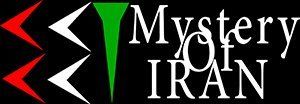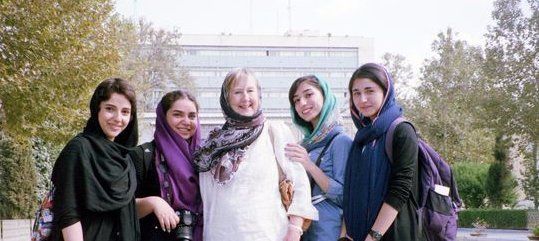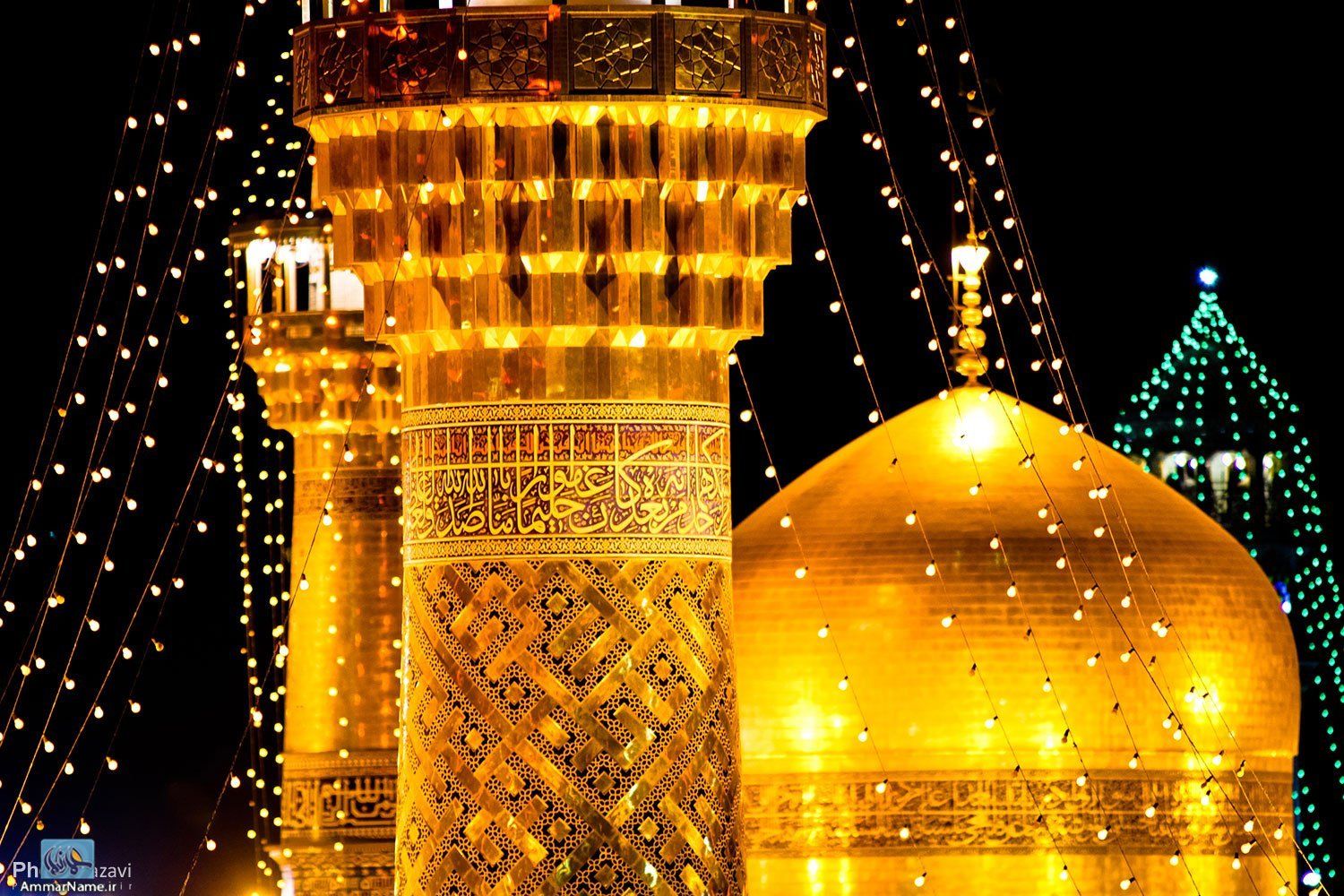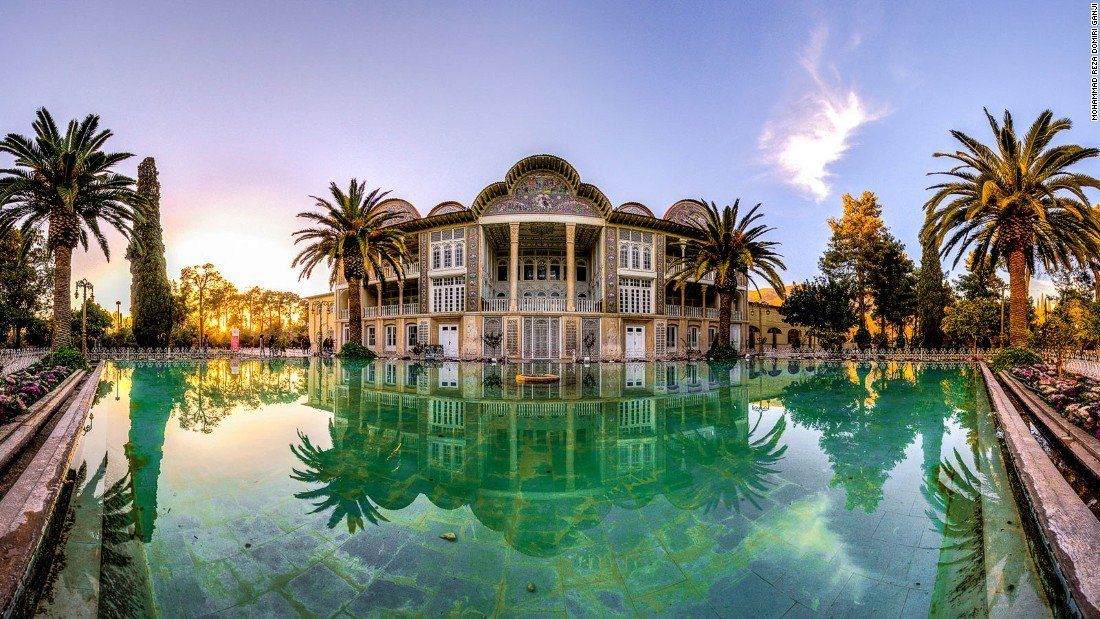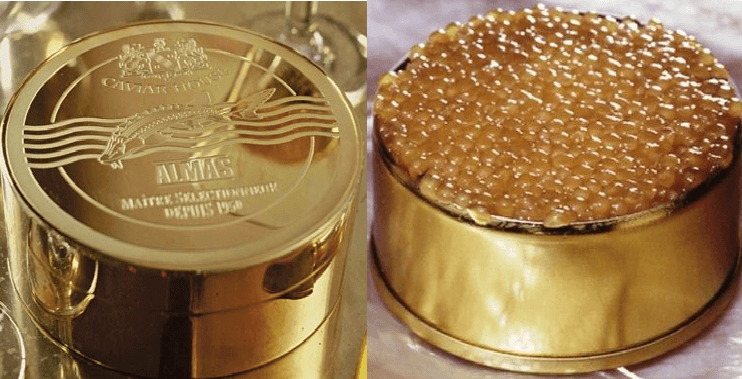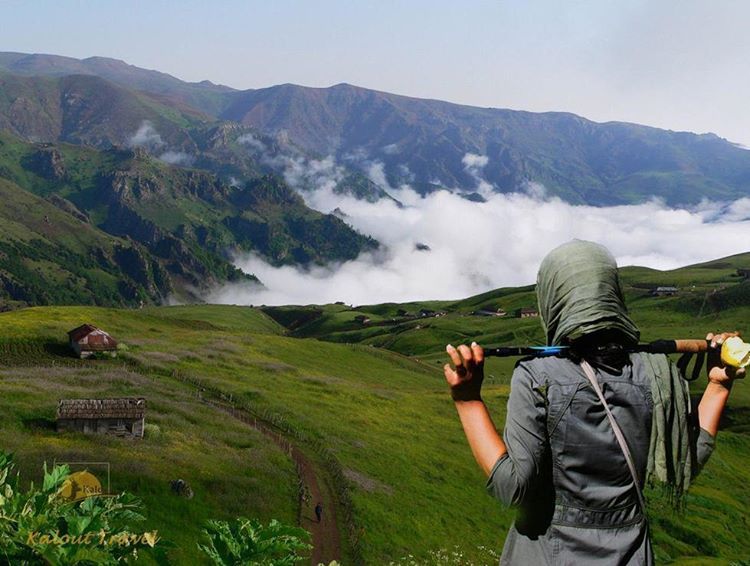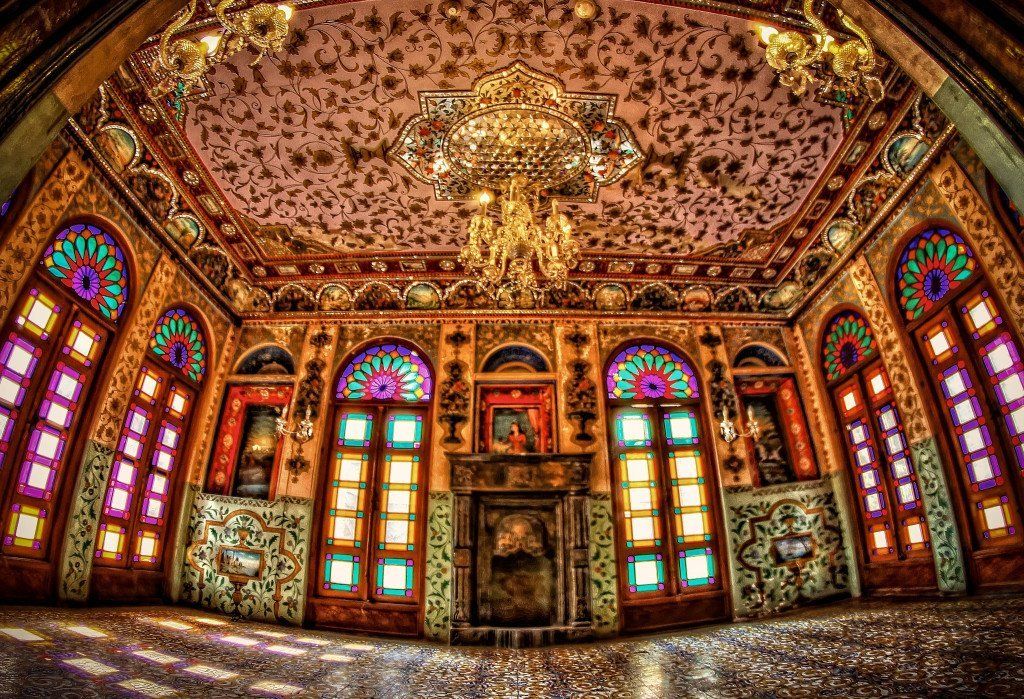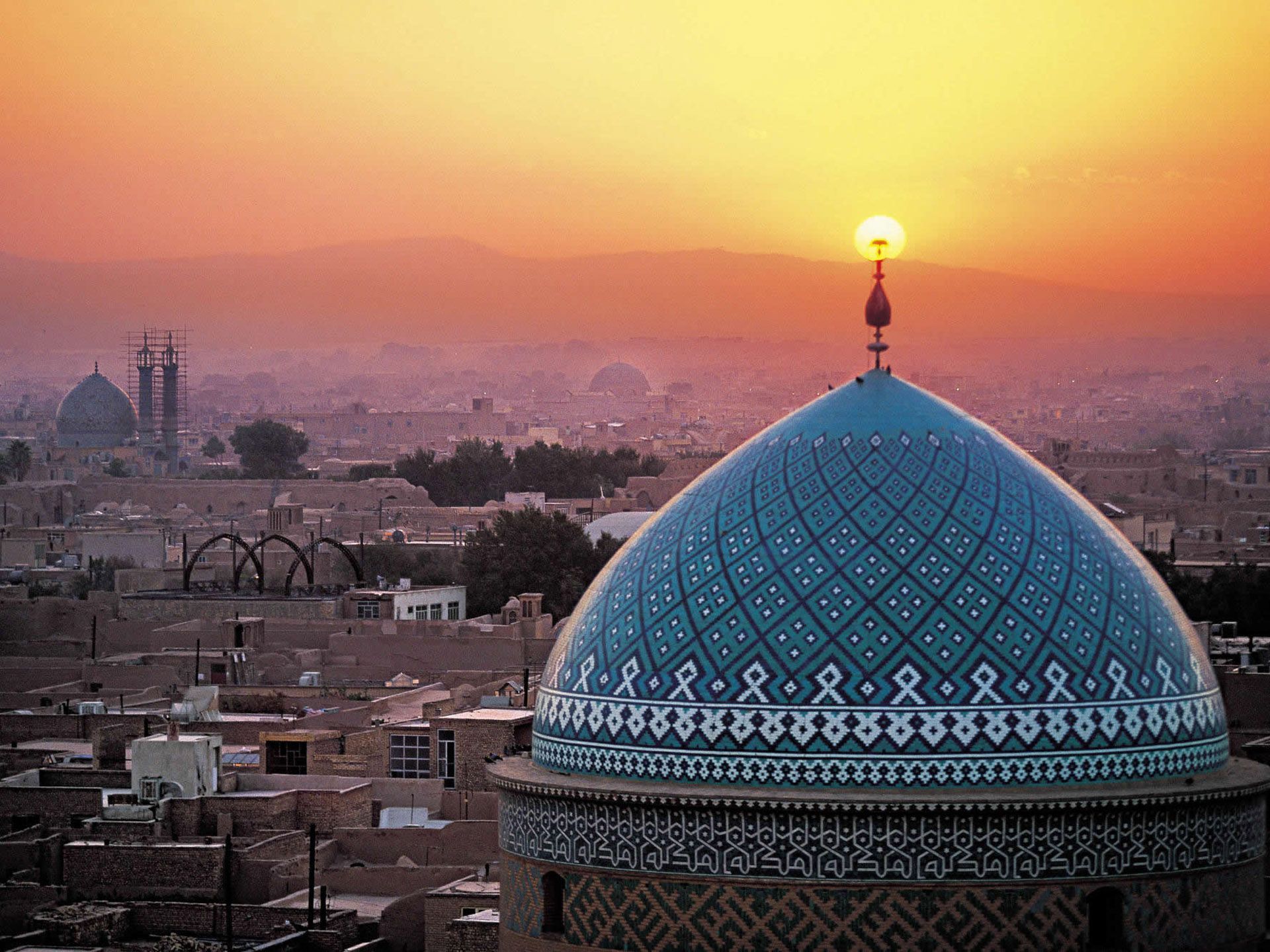The Traditional Iranian Medicine
Traditional Iranian Medicine (TIM) or Persian Medicine consists of the sum total of all the knowledge and practices used in diagnosis, prevention and elimination of diseases in Persia from ancient times to present. It is based entirely on practical experience and observations passed down from generation to generation.
Traditional medicine has the advantage of being considered as part of the culture therefore, bypassing cultural issues that may affect the practice of medicine. On the other hand, it can be used in conjunction with and as an aid to the conventional medicine. Development and promotion of traditional medicine could be considered as respect and honor to the culture and heritage of the people all around the world.
The History of medicine in ancient Persia
Some of the earliest practices of ancient Iranian medicine have been documented in the Avesta and other Zoroastrian religious texts. During the Achaemenid era (559-330 BCE), the 21 books of Avesta encompassing 815 chapters were an encyclopedia of science consisting of medicine, astronomy, law, social science, philosophy, general knowledge, logic and biology. It can be inferred from these books that Zoroastrians placed great importance on personal hygiene, public health and the prevention of contagious diseases. The best teachers of medicine and astrology were Iranian Magi and Mobeds (Zoroastrian priests) who passed their knowledge on to their pupils from one generation to the next. According to Avestan texts, King Jamshid was the physician who initiated the custom of bathing with hot and cold water. Iranians refrained from polluting the four elements. They would not bathe or wash dirty objects in flowing water, and urinating or spitting into water was considered a great sin. Odorous materials were never thrown into the fire. Wild rue and frankincense were always burned inside houses to kill insects and bacteria, a custom which continues to this today. The Persians, who lived in an empire stretching from the Indus valley in the east to the Aegean Sea in the west with considerable variation in climate and vegetation, became familiar with a vast range of medicinal plants. The Avesta mentions several medicinal herbs including basil, chicory, sweet violet, and peppermint, while Bundahishn cites the names of thirty sacred medicinal plants. Avestan texts list not only the various parts of plants such as roots, stems, scales, leaves, fruit and seeds used for treatment but also indicate which plant is the remedy for each disease.
According to the Zâdspram, a Pahlavi text of the ninth century AD, there are thousands of species of medicinal plants created by Ahura Mazda for the prevention of thousands of sicknesses created by Ahriman and that the best of these plants is haoma (Vedic soma). Haoma (Ephedra Vulgaris) is indigenous to the Iranian plateau and contains a large quantity of Ephedrine which is effective in the treatment of cardiovascular and respiratory diseases. Garlic was used to reduce blood pressure, combat heart disease and treat infections. Rue was once a popular remedy for earache, easing shaking fits and joint pain; it was also used to disinfect the house. Bangha, extracted from Cannabis Indica seeds, has hallucinatory effects and was used as an anesthetic.
Frankincense was used for inhalation therapy. Aloeswood was used in the treatment of cardiac disease and irregular heartbeat.
Many modern-day Iranian herbalists use reference books inherited from generations past, and still prescribe plants such as Borage, Sweet Marjoram, Fenugreek and Chicory as treatment. Ancient Persian physicians believed that good health is the result of the 'right' measure of the elements of humor, and that sickness is the product of their excess or deficiency. Therefore, the medicine of the body consists of keeping the body in good health and re-establishing balance and the medicine of the soul involves curing the body and preserving it from sin. The Vendidad tells of three kinds of medicine practiced; medicine by the knife (surgery), medicine by herbs, and medicine by divine words, which according to the sacred text, is the best form of the three. A Mazdean physician-in-training was required to treat and cure three non-Mazdean patients before receiving permission to treat Mazdeans. In this way physicians were taught to treat any and all patients, whether friend or foe. Avestan scriptures did not restrict giving treatment to Mazdeans alone. The Ordibehesht Yasht classifies physicians under five categories:
1 - Health Physician (Ashoo Pezeshk)
This physician was in charge of the well-being of the city, preventing the spread of contagious diseases by quarantining, keeping the four sacred elements of water, wind, earth and fire free from contamination, and making sure the sanitation of houses was maintained.
2 - Medical Examiner (Dâd Pezeshk)
Similar to modern-day pathologist/coroners, their duties included examining the dead, performing autopsies when required, the issuance of burial licenses and ascertaining the cause of death with an eye toward finding cures for future cases.
3- Surgeon (Kard Pezeshk)
Archeological excavations in the Burnt City in Sistan have yielded skulls that show signs of surgery. Surgical procedures, difficult and dangerous even in the present time, were much more so in the past when it was not possible to properly anaesthetize patients and medical instruments were rudimentary.
4 - Herbalist (Gyâh Pezeshk)
The origin of herbal medicine predates the development of agriculture and cultivation in Iran, yet some believe that the ancient Persians were the first to document the properties of herbs and to use plants to cure diseases.
5- Psychiatrists (Mantreh Pezeshk)
This physician used holy words and prayers to cure patients suffering from a sickness of body and soul which could not be cured with herbs. Treatment consisted of verbal communication, the reading of poetry, listening to music and the recitation of prayers, including ones from the holy books of other nations, which were designed to console and heal the patient. Avestan texts tell of consultation among the surgeons, herbalists and psychiatrists which indicates a form of medical association at the time.
Referring to a foreign physician when a Persian one was at hand was considered a sin, and a physician's fee for service was based on the patient's income while the fee for treating a priest was his pious blessing. The first physician as documented by Avestan texts was Vivangahan, followed by Abtin, Atrat and Purshaspa. Mani, Roozbeh, and Bozorgmehr are among the other notable Persian physicians named in the Avesta. Credit for the establishment of hospital and training system must be given to the ancient Persians, as they founded the first teaching hospital in Gundishapur where medical students practiced on patients under the supervision of physicians. The international university, founded in 271 AD by Shahpour I, was a center of learning and study in the fields of science and medicine. The age-old school is still a center of knowledge in Khuzestan Province in southwestern Iran. Gundishapur, mentioned in Ferdowsi's (935 - 1020 AD) eternal epic Shahnameh (Book of Kings), was located near the city of Susa.
It was an important cultural and scientific center of the Sassanid era (226 - 652 AD) and scholars from various countries, one of whom was Diogenes, studied different fields including medicine at the university. The library of the university known as the 'city of Hippocrates' consisted of eight floors and 259 halls containing an estimated 400,000 books. The university was a gathering place for great scientists and physicians from all civilizations of the ancient world, a breeding ground for ideas and innovations. Medical science, anatomy, dentistry, astronomy, mathematics, philosophy, military command, architecture, agriculture and irrigation were taught in Greek or Syriac and later Pahlavi in the school.
Gundishapur physicians were required to pass special examinations to obtain a license for practicing medicine. This well-organized medical institute was operated by a director, medical staff, pharmacists and servants, and upon its portal was engraved "knowledge and virtue are superior to sword and strength."The Sassanid ruler Khosrow Anushiravan (531 - 578 AD) who took an interest in the school and the advancement of medicine sent the Iranian physician Burzuyah to India to obtain medical and scientific books and translate them into the Pahlavi language.
In 550 AD, the world's first medical conference was held on Anushiravan's order in Ctesiphon. Hundreds of Mobeds and physicians from Persia and other countries attended this congress, a historical event which Ferdowsi versified in Shahnameh. Gundishapur scholars and graduates were appointed to important governmental positions. The minister of health (Iran Dorostbod) was chosen from among the best physicians, and the minister of education (Iran Farhangbod), was an accomplished scholar of philosophy, logic, mathematics or psychology.
Iranian medicine, which combined medical traditions from Greece, Egypt, India and China for more than 4000 years, became the foundation of the medical practices of European countries during the 13th century. Among the torchbearers of ancient Persia's scientific heritage are Mohammad Zakaria Razi, Abu Nasr Farabi, Omar Khayyam and Avicenna, who used this knowledge to make further discoveries of benefit to all humankind.
Razi, known in the West as Razes (865-925 AD), considered the father of pediatrics and a pioneer of neurosurgery and ophthalmology, discovered and refined the use of ethanol in medicine.
Farabi
also known in the West as Alfarabius (872-951 AD), is noted for his contributions to psychology. He wrote the first treatises on social psychology.
Avicenna
(980-1037 AD), a prolific genius, introduced systematic experimentation into the study of physiology, experimental medicine, evidence based medicine, clinical trials, risk factor analysis, the idea of a syndrome and contributed to clinical pharmacology and neuropsychiatry.
Khayyam
(1048-1131 AD) was a renowned astronomer who contributed to mathematics and calendar reform.
These outstanding scholars are among the many whose names will forever shine in the history of medicine and science and will always be revered by the Iranian people.
Introduction
Since 30 yr ago, the World Health Organization (WHO) has considered the development of traditional medicine in order to implement the slogan "Health for all by the year 2000 A.D.". The decision was based on two foundations; first, lack of access of a great number of people (up to 80% in some counties) to primary healthcare and second, dissatisfaction from the outcomes of treatments by modern medicine, especially in relation to chronic diseases and the side effects of chemical drugs .
In 2002 AD, WHO has described traditional medicine in more details as: "Traditional medicine is a comprehensive term used to refer both to TM systems such as traditional Chinese medicine, Indian Ayurveda and Arabic-Unani medicine, and to various forms of indigenous medicine. Traditional medicine therapies include medication therapies- if they involve use of herbal medicines, animal parts and/or minerals- and non-medication therapies if they are carried out primarily without the use of medication, as in the case of acupuncture, manual therapies and spiritual therapies.
The Traditional Iranian Medicine (TIM) is a school that views the world as a good and seeking discipline created by the wise and omniscient Almighty.
TIM consists of the sum total of all the knowledge and practices used in diagnosis, prevention and elimination in Persia from ancient times to present. It is based entirely on practical experience and observations passed down from generation to generation. TIM roots back to over 8000 yr B.C. and it is a branch if not the root of the so called Arabic-Unani medicine as quoted by Cyril Elgood, the English medical historian, was more advanced than that of Assyria and it is not too bold to go even further and claim that the Persians taught the Greeks the elements of that system of medicine, which has been known ever since as Greek medicine. According to Ibn Khaldoon, Among Persians, rational sciences had a high status. Such sciences had a vast scope since Persians' governments were majestic and long-lasting. Words have it that after Darius' murder by Alexander and the occupation of Kelikiyeh,
and access to the countless Persian books and sciences, such sciences were passed to the Greeks. Considering the definitions given by the WHO, the TIM can be divided into two sections: A- Written Traditional Medicine & B- Verbal Traditional Medicine.
The Structure of TIM at a Glance
The Traditional Iranian Medicine has two main branches, namely a theoretical branch and a practical branch which each also branch into sub-branches as follows:
1. The theoretical branch of TIM: This branch is a science which discusses the status and changes of the human body and the causes and signs of health and disease.
2. The practical branch of TIM: This branch is also a science, although it may remind us of practical procedures but it is really the science of how to keep health and how to bring it back after the occurrence of diseases.
The Seven Natural Affairs
In the TIM, physiological functions of the human body are considered to be based on seven factors, known as “Umoor-e-Tabee-e-ya”. These are as follows
I. Elements [Arkan]
II. Temperament [Mizaj]
III. Humors [Akhlat]
IV. Organs [Azaa]
V. Spirits [Arwah]
VI. And VII. Faculties or Forces [Quwa] and
Functions [Af’al]
Prevention, Diagnosis and Treatment
TIM has given more attention and importance to the prevention of disease rather than its cure. Maintaining health was so important that the main duty of the physicians were to keep people healthy and to treat them if they became sick. There are six factors, which are essential for the maintenance of good health, which is referred to as: Setteh-e-Zarurieah. These essential factors are as follows:
1. Air
2. Food and Drink
3. Sleep and Wakefulness
4. Evacuation and Retention
5. Body movement and Repose
6. Mental movement and Repose
Modes and Strategies of Treatment in TIM
The imbalance in body temperament and humors leads to the onset of disease condition as it was previously mentioned. Therefore, treatment is based on the correction of temperament and humors to achieve a balanced state. Every humor has a specific temperament as described earlier. So, the drug used for the treatment should possess the opposite temperament than that of the diseased humor, resulting in normalization of the temperament. A disease, which is cold in nature, can be cured by a drug, which has hot temperament and so on. It should be noted that not all the diseases in the TIM are treated based on the temperaments, because there are three forms of disease according to TIM:
1. Distemperaments (distortion of the temperament of a single organ up to the whole body)
2. Disfigurements (distortion of the anatomy or the structure of an organ)
3. Disconnections (distortion of the correlation and connection between organs) The Distemperaments are the ones mostly treated
by correction of temperament and the two latter are mostly treated by special drugs or manipulation especially including surgery.
TIM physicians have mentioned four modes of treatment:
1. Correction of the six essentials (Tadbir ba Sitteh-e-Zarurieah)
2. Diet-o-therapy (Tadbir ba Ghaza)
3. Pharmacotherapy (Tadbir ba Dawa)
4. Manipulation or physical therapy (Aamale yadaavi)
These modes might also be considered as levels of treatment, where if a level fails or is inadequate the next level is considered.
Faculty of Traditional Medicine
Persian medicine is a part of the culture and history of Iran and Today the Islamic Republic of Iran is moving towards discovering its useful medical treasures to share with mankind all over the world and to take its role in the worldwide move towards integrative medicine. In this path the Tehran University of Medical Sciences and Health Services has established the Iran’s first traditional medicine faculty.
The Faculty of Traditional Medicine has officially started with its first students in 2007. Until now along with its own 6 PhD Degree Students, the faculty has also hosted 18 others from three other universities namely Shaheed Beheshti, Iran and Shahed Universities of Medical Sciences in order to teach traditional medicine with most unity and discipline by the help of the famous and specialist masters of the field from all over the country. These masters are basic or clinical science university professors or instructors from several universities or even traditional healers from the society.
The faculty of traditional medicine has seen theoretical and practical classes, library, computer site, conference halls and three clinics and is constructing traditional pharmacy and laboratory as well. So far foreseen educational departments are as follows:
1. Traditional Medicine
2. Traditional Pharmacy
3. Medical History
4. Folk Medicine
5. Health
In this year of 2009, by the help of God; the Traditional Medicine and the Traditional Pharmacy departments are subsequently going to have their 3rd and 2nd PhD degree students. The faculty of traditional medicine has also started projects on the edition and facilitation of old medical manuscripts by the use of IT and computer capabilities and has also started a project on seeking folk medical information beginning from The Province of Golestan.
Future Hopes for TIM
Traditional medicine has the advantage of being considered as part of the culture, therefore; bypassing cultural issues that may affect the practice of medicine. On the other hand, it can be used in conjunction with and as an aid to the conventional medicine. In accordance with the WHO's strategy, the old but useful remedies should be integrated in the conventional medicine for the benefit of humanity as the Last testament, the Holy Quran, states: "The scum fades away and that which is for the good of mankind remains on the earth".
Further Reading:






















